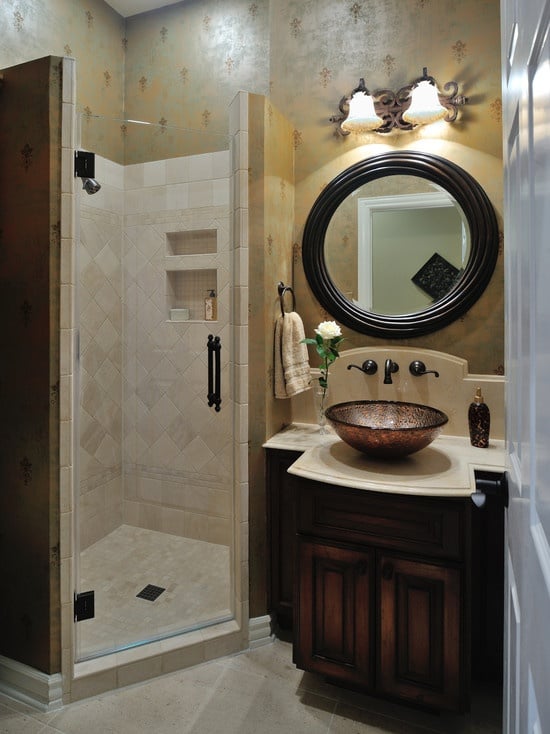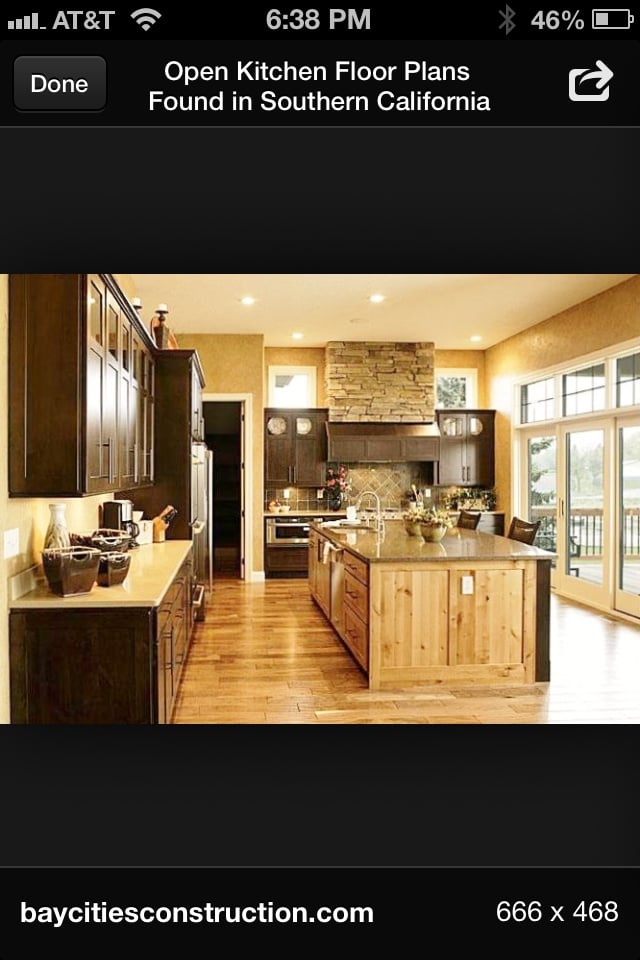Unless you have unlimited wealth and are buying a custom-built home with no expense spared, you have had to make some concessions in the home-buying process. Pretty much everyone who buys an existing home wants to make some changes to it once they move in. But that costs money, and you have likely invested every spare dime you have into your down payment and closing costs.
Did you know that you may be able to wrap some of these repairs and improvements into your home loan? You would be surprised to learn how easy it is to finance improvements with your purchase-money home loan.
Here are 5 unexpected home improvement items that can be lumped into your home loan:
1. Room Improvements
The first step to keep your home safe is to ensure that you keep your room pest-free start implementing Bed Bug Removal Service NYC . If the home you are buying has an older kitchen or an unfinished basement, you probably saved a lot of money on the home price. But these rooms are much more useful if they are completed by professionals at https://pittsburghfoundationrepairpros.com/ and up-to-date. A finished basement or a modern kitchen can add thousands of dollars to the fair market value of your home. Not only that, but you will be happier with the extra usable space in the basement, and your kitchen will better accommodate your busy lifestyle. And as such, your hard money lender may be willing to allow you to take a larger amount in the loan to make such improvements.
2. Add-Ons
Money for home improvements does not just apply to the existing rooms, however. If the house is too small for your needs, you should consider adding to the structure. A mother-in-law suite, an enclosed garage or even a greenhouse would add use and value to your property. Whatever you decide to do, be sure to thoroughly vet any potential contractors. Confirm that they are bonded and licensed. Talk to your insurance agent about builder’s risk insurance, and how you can protect yourself and your assets during construction.
3. Home Repairs
Sometimes the money you want to spend is for pure necessity. You may have agreed to buy the home, knowing that the roof needs to be replaced by experts and you can check them out here. Or, you see that it is time to fix the cement in the driveway. Your best route is to try to get these repairs completed by the previous owner, since some problems can lead to costly damage or leave you non-compliant with local ordinances. But for other circumstances, you can wrap the costs into your home loan. Get estimates for the repairs and talk to your lender.
4. Exterior Improvement
When thinking about your home loan and your home’s needed improvements, don’t forget the exterior of your home. Many of the home repairs you might have noticed could be centered around the exterior of your home. But it’s not just repairs that your home’s exterior might need. There are also aesthetic improvements you might want to make, even if it’s just for future “curb appeal” purposes. Does your home need new shutters, siding, or a new paint job? Is your home in need of a new roof to be installed by a roofing contractor? Is the house in desperate need of a new garage door installation? Think about these types of things when planning out your improvement costs.
The house itself might be great, but also make sure to look at the backyard. Ah, the things we forget when we are buying a home. Whether your outdoor dreams feature a lagoon-style pool or just a simple retaining wall, you should plan for the way you intend to use the property. For instance, if you prioritize landscaping, make sure to have regular landscaping maintenance to preserve its overall look. Consider what you need and can maintain, and go for it.
Many home exterior projects can be included in your home loan. Whether it’s a project for the infrastructure or improvement of the home itself, or its landscaping needs, it’s worth it to ask your lender if these costs can be lumped into your home loan.
5. New Appliances
Depending on the arrangement you made with the previous owner, you will either be bringing in your own appliances or keeping theirs. Unless you are buying new, chances are quite good that you will not be happy with what you end up with. From refrigerators to furnaces, appliances do not last as long as the house. Newer models feature a lot of conveniences, plus they are generally more energy-efficient.
Once you are comfortable in your new home, you will be glad you took the time to make the necessary improvements. It is a lot easier to make your home better before you get settled. And by lumping the costs into your home loan, you can minimize the sting you feel when you pay for it.
About the Author
Jasmine Sagum has spent many years researching the home building and home improvement industry. She loves sharing her research & knowledge with others.



